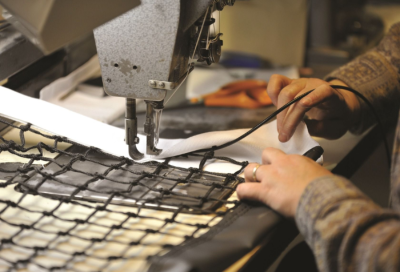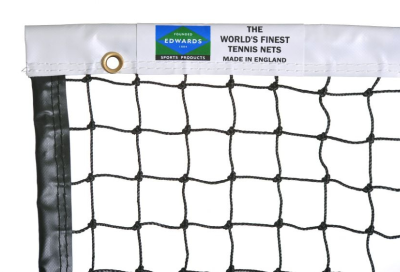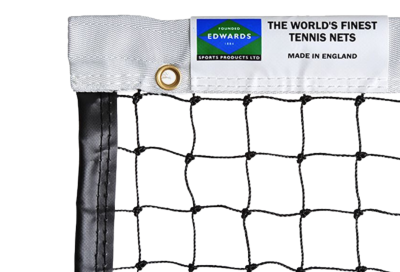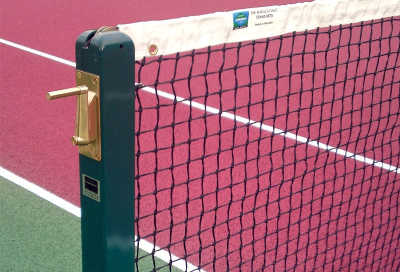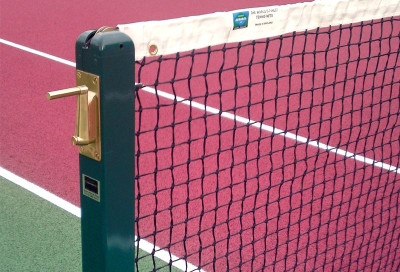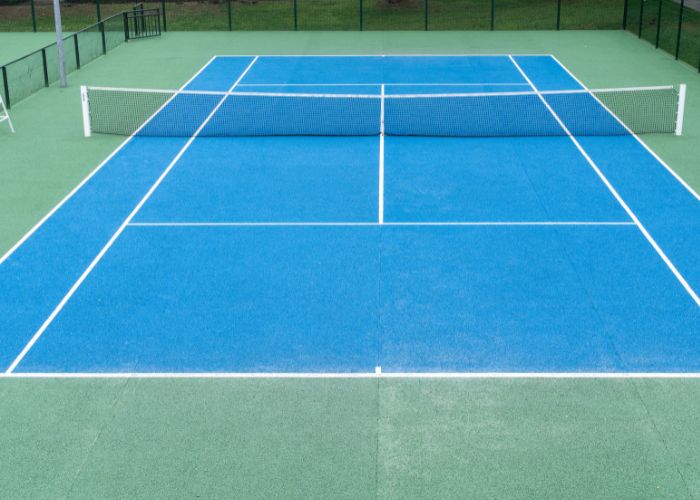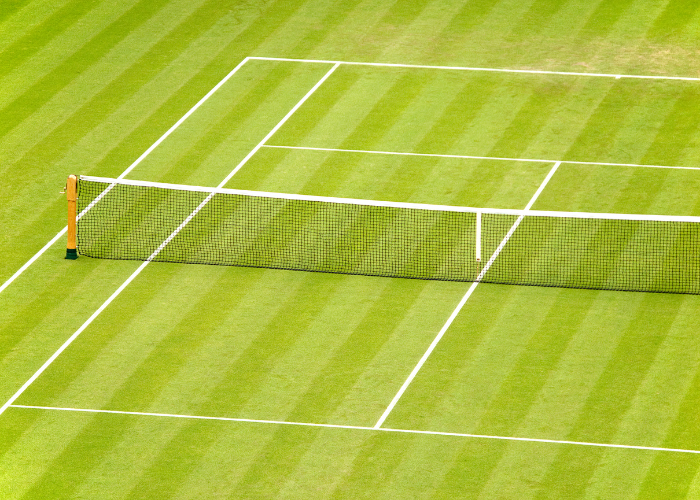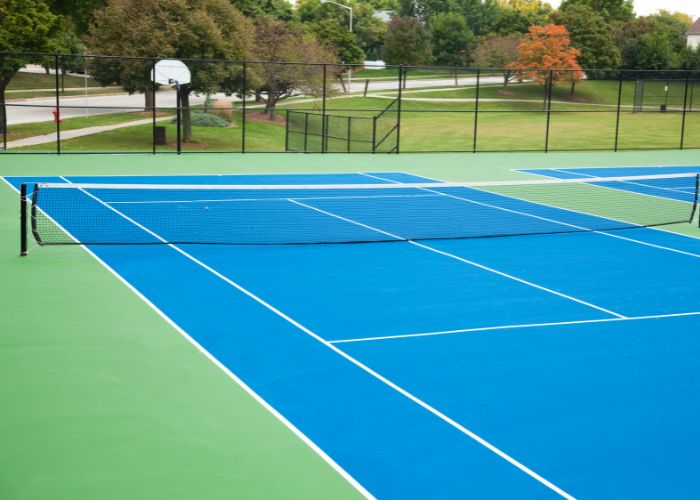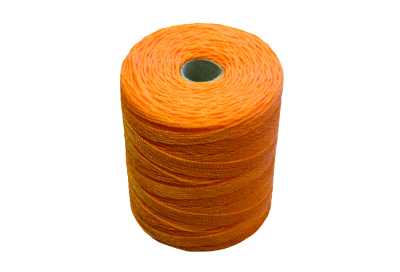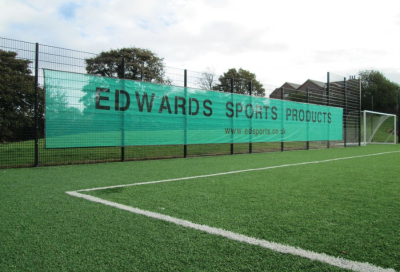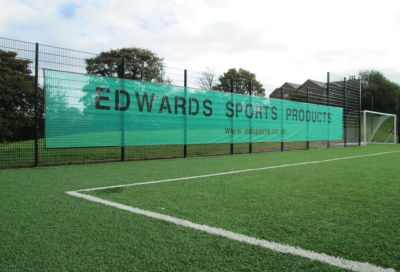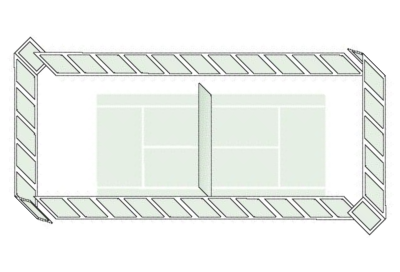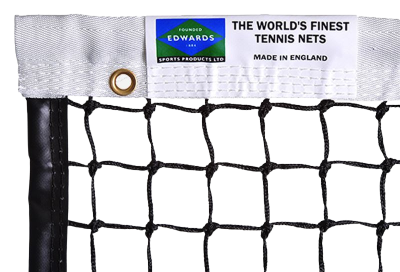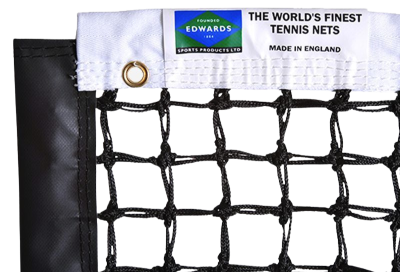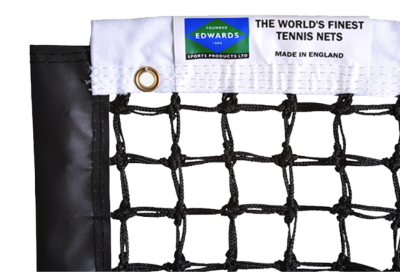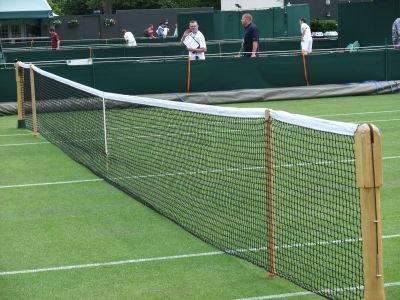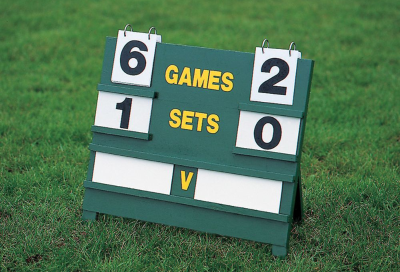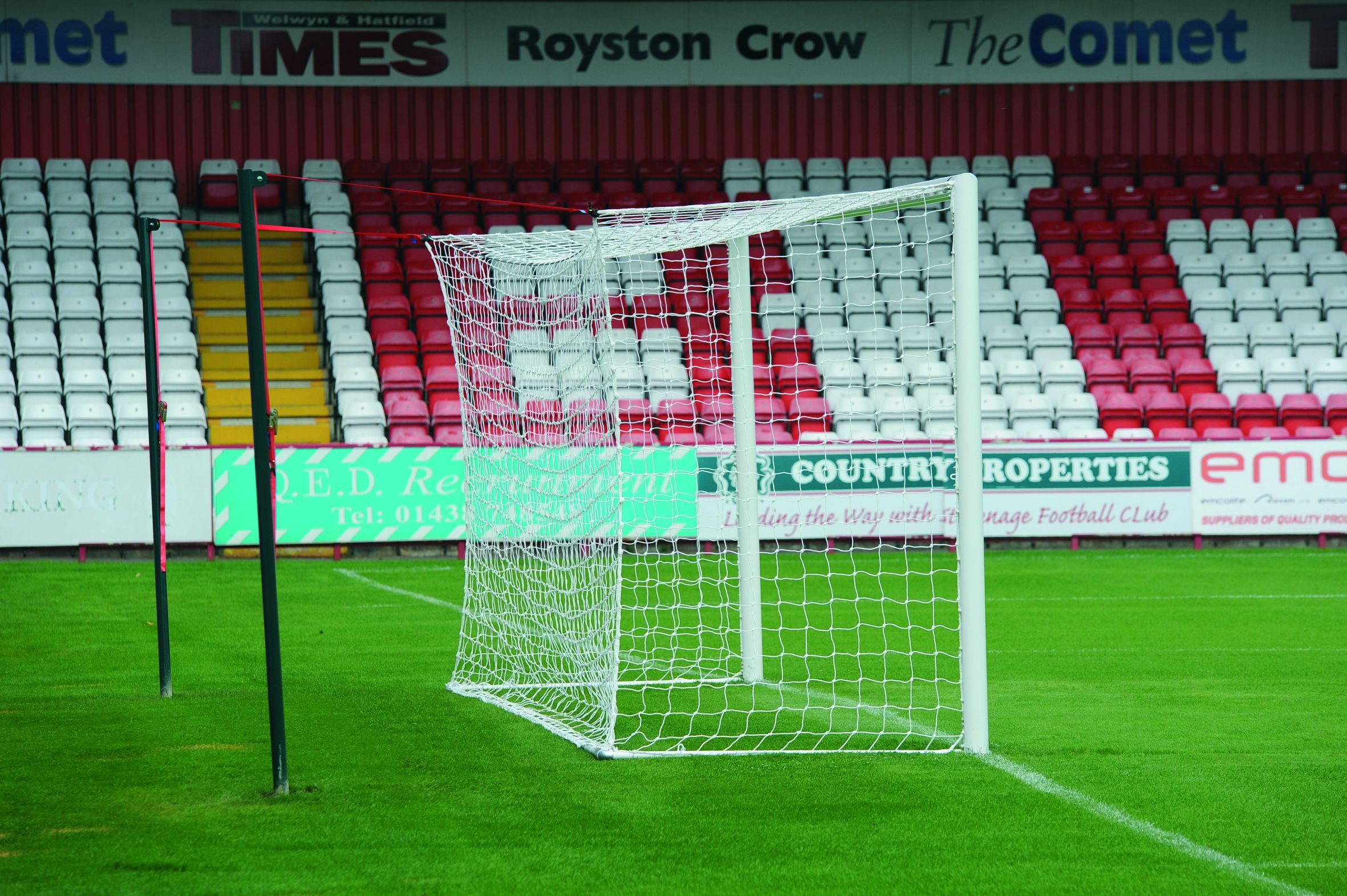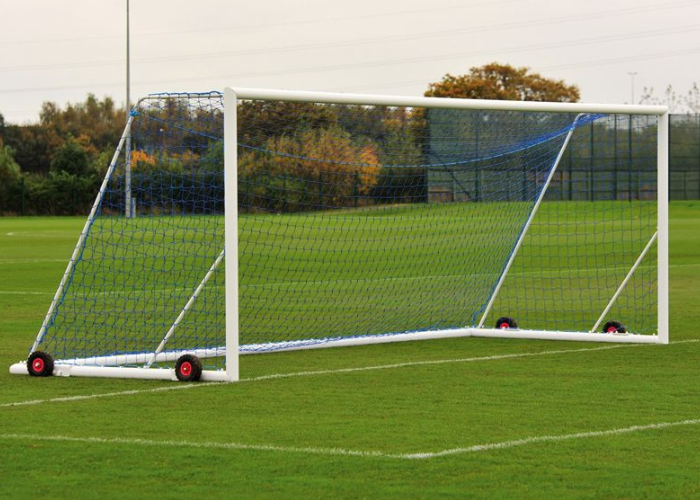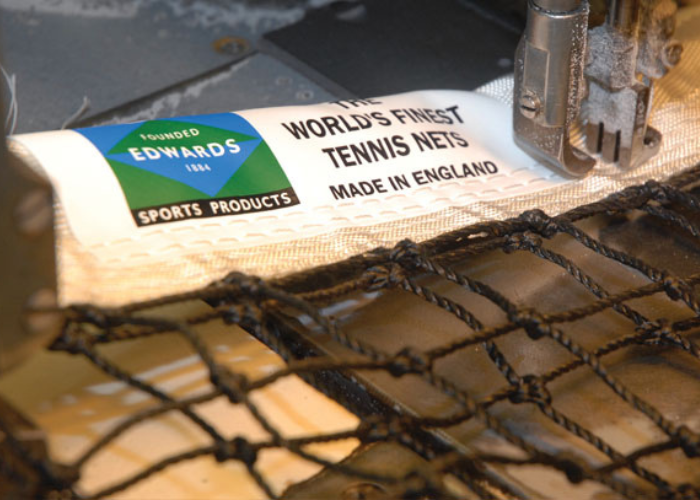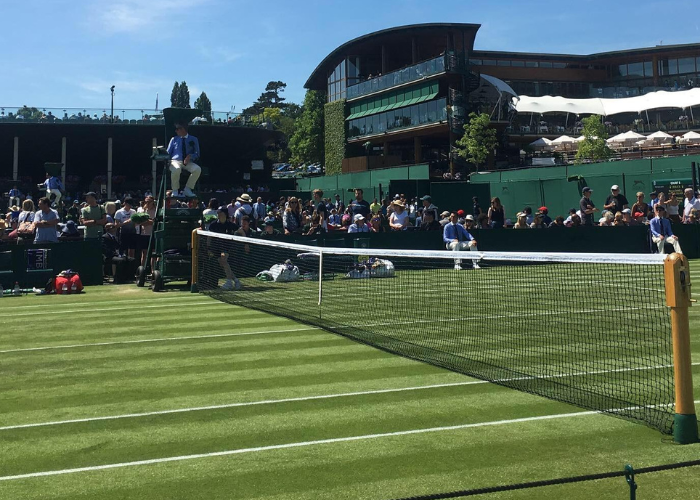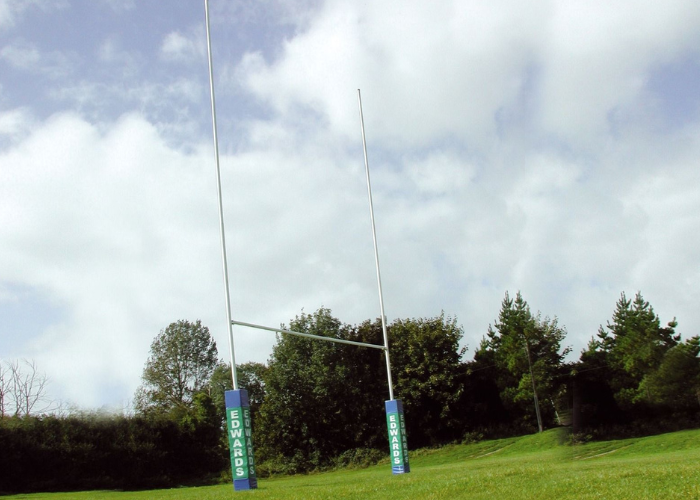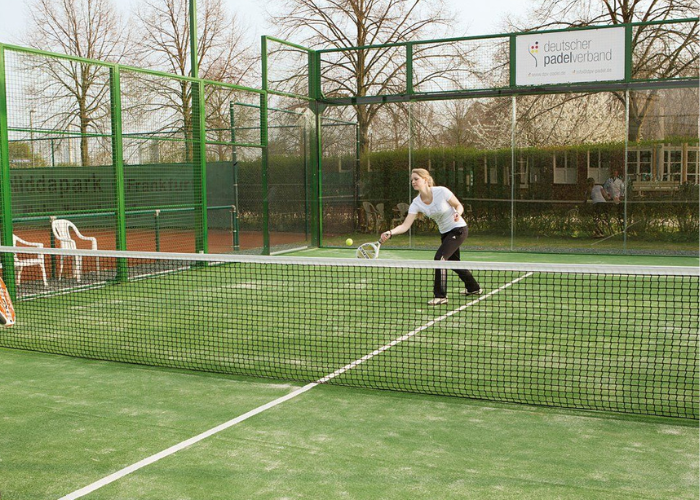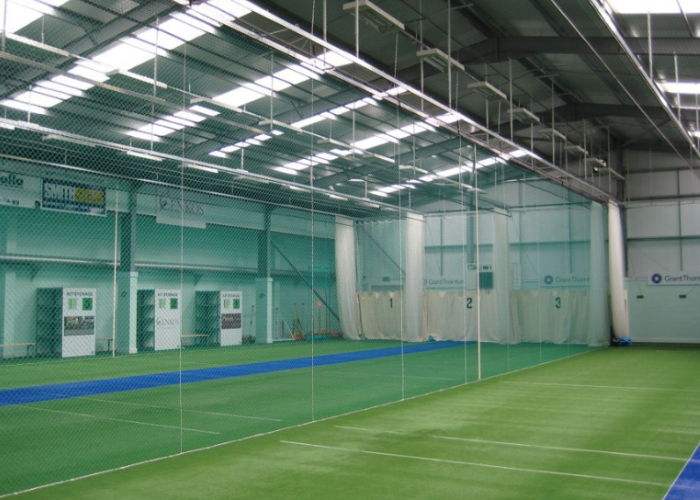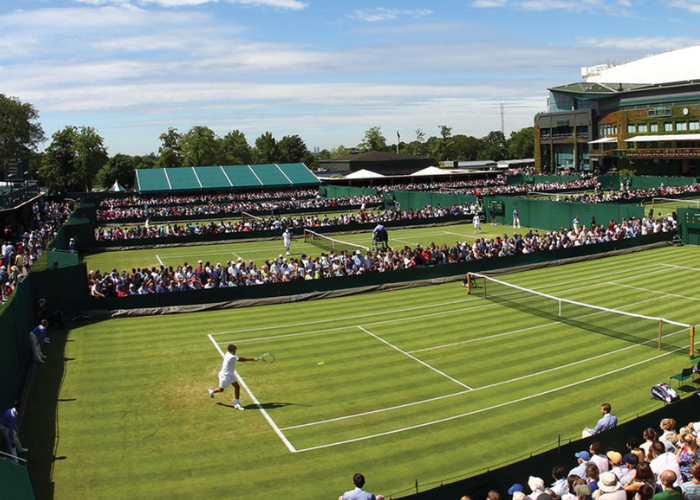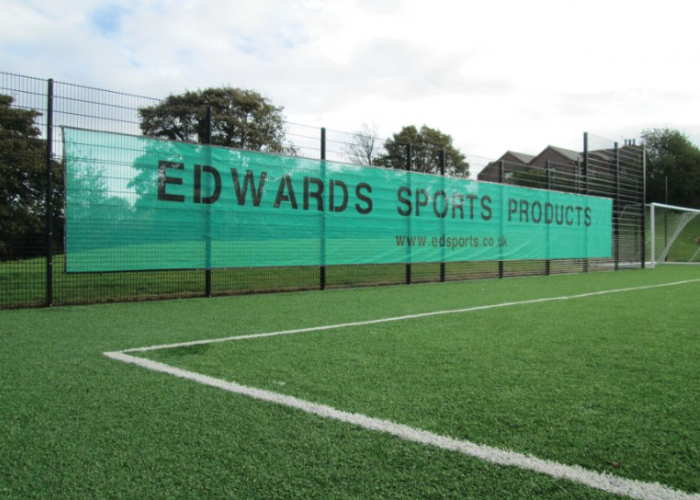We use cookies to make your experience better. To comply with the new e-Privacy directive, we need to ask for your consent to set the cookies. Learn more.
Can I Build a Tennis Court in My Garden? Top Tips for a Successful Installation
- Admin
- Blog Posts
- 11 Mar 2025
-
48views
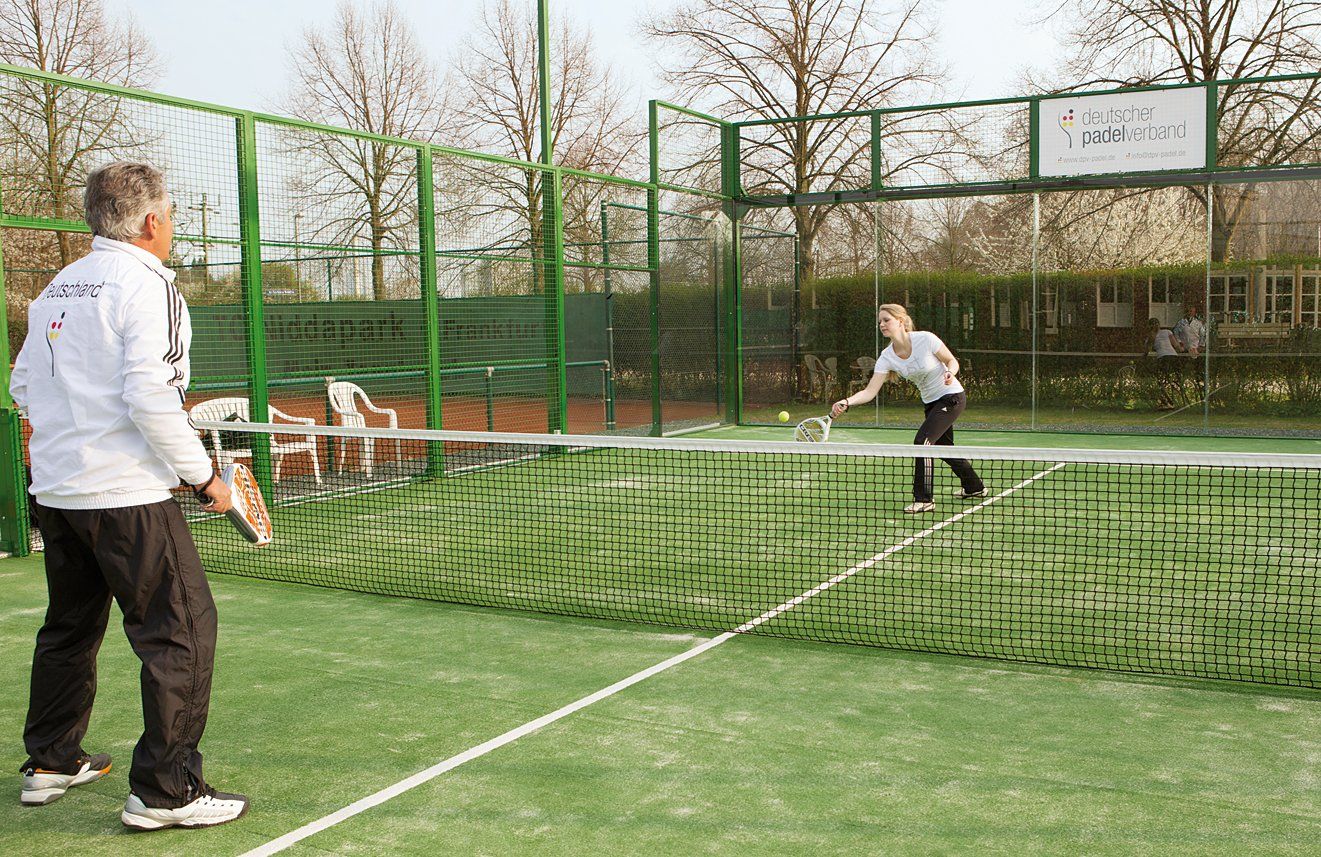
Can I build a tennis court in my garden? The answer is yes. Tips on surfaces, costs, & land space + product recommendations for tennis court construction.
If you're wondering, 'Can I build a tennis court in my garden?' You've come to the right place. We are here to explain everything you need to know about building your own tennis court on your property.
From costs to land space to surface considerations, deciding whether you want a tennis court in your garden isn't an easy one, and you should take time to think about all the logistics before you go full steam ahead.
But if you love tennis and you're excited to get started on your new construction project, below is everything you need to know.
Before we get into it, you can't have a tennis court without equipment. Here is a selection of our must-have tennis gear for a professional game of tennis in your own back garden. Place your order before 12 pm, and we'll process your order on the same day!
How Much Space Do You Need for a Tennis Court?
As you'll be using your garden tennis court for your own personal use, adhering to regulation dimensions isn’t necessary because you won't be playing at a professional level.
However, if you want to mimic a professional court, these are the dimensions you need to abide by and, therefore, how much space you need:
| Singles Court | Doubles Court | |
|---|---|---|
| Length | 23.77m (78ft) | 23.77m (78ft) |
| Width | 8.23m (27ft) | 10.97m (36ft) |
For comfortable play on your court, you'll also want to allow for some moving room at the sides and ends. Below is the minimum area you'll need and the ideal total area:
| Court Type | Minimum Total Area | Ideal Total Area |
|---|---|---|
| Singles Court | 16.46m x 32m (54ft x 105ft) | 18.29m x 36.58m (60ft x 120ft) |
| Doubles Court | 18.29m x 36.58m (60ft x 120ft) | 21.34m x 39.62m (70ft x 130ft) |
Considering Mini Tennis for Limited Space
If you don't have the luxury of a huge garden that can fit a professional-sized tennis court (you're not alone!) and you'd like a designated space to practice your swings at home before heading out to your local club, you should consider mini tennis.
You can read all the details about mini tennis below, but it's essentially a scaled-down version of tennis that's great for kids, rehabilitation, and just practising while getting outside for some exercise.
There are three levels of mini tennis — red, orange, and green. Each one requires a different-sized court, and here are the dimensions:
| Mini Tennis Format | Court Size (Metres) | Court Size (Feet) |
|---|---|---|
| Mini Tennis Red | 11m x 5.5m | 36ft x 18ft |
| Mini Tennis Orange | 18m x 6.5m | 59ft x 21ft |
| Mini Tennis Green | Full-size court | Full-size court |
As you can see, red and orange mini tennis requires significantly less space than a full-sized tennis court, making it the ideal option for a smaller garden. Here is the total amount of space you'll need to build a court of this kind:
| Minimum Total Area (Metres & Feet) | Ideal Total Area (Metres & Feet) | |
|---|---|---|
| Mini Tennis Red | 14m x 7m (46ft x 23ft) | 16m x 9m (52ft x 30ft) |
| Mini Tennis Orange | 21m x 9m (69ft x 30ft) | 23m x 11m (75ft x 36ft) |
If you think mini tennis sounds like the perfect choice for you, below is a selection of our mini tennis equipment to get you started on your new court!
Choosing a Tennis Net for Garden Games
Do You Need Planning Permission to Build a Tennis Court in Your Garden?
This is a typical question most people ask before they begin building their tennis court because it isn't a straightforward yes or no answer.
Below is a breakdown of when you do and when you don't need to seek planning permission for your new tennis court so you can understand which situation applies to yours.
When you don't need planning permission:
• If the tennis court is within the land immediately surrounding your home.
• If no significant excavation or ground-level changes are required.
• If the court is for private, non-commercial use.
• If it does not include tall floodlights or fencing over 2 metres high.
• If it does not affect a listed building or falls within a conservation area, national park, or Area of Outstanding Natural Beauty (AONB).
When you do need planning permission:
• Your home is listed or located in a protected area (conservation areas, national parks, AONBs).
• You plan to install floodlights, as these can impact neighbours due to light pollution.
• The court involves significant land alterations, such as cutting into a slope or extensive landscaping.
• You want to build tall fencing (above 2 metres).
• The court is for commercial use, such as coaching or renting out the space.
Choosing the Right Surface for Your Garden Tennis Court
Choosing your court surface is arguably the most important (and difficult) step of your project. It depends on budget, maintenance capabilities, weather resistance, and playability.
Of course, the UK has its fair share of wet weather, so it's essential that your court is well-equipped for this, with drainage and durability as top priorities.
So, with this in mind, below is a list of pros and cons for various types of courts you could choose for your garden to help you decide what's best for you.
Everything You Need to Know About the Main Types of Tennis Courts
Artificial Grass (Synthetic Turf)
| Pros | Cons |
|---|---|
| Weather-resistant – Handles rain well and drains quickly.
Low maintenance – No need for watering, mowing, or rolling. Soft on joints – Absorbs impact, reducing injuries. Consistent bounce – Slightly lower than hard courts but predictable. Natural look – Blends well with gardens. |
Needs occasional brushing to prevent flattening.
Can be costly to install. |
Hard Courts (Acrylic or Tarmac)
| Pros | Cons |
|---|---|
| Long-lasting – Can last 20+ years with proper care.
Consistent bounce – Suitable for serious players. Low maintenance – Only requires occasional cleaning. Customisable – Can be painted in different colours. |
Hard on joints – Less shock absorption compared to softer surfaces.
Can crack over time in extreme weather. High installation cost. |
Clay Courts
| Pros | Cons |
|---|---|
| Slower pace – Ideal for developing strategic play.
Softer surface – Reduces joint strain. Traditional aesthetic – Great for a classic garden look. |
High maintenance – Needs daily brushing, rolling, and watering.
Poor drainage – Can become unplayable in heavy rain. Expensive to install. |
Grass Courts
| Pros | Cons |
|---|---|
| Fast-paced play – Encourages serve-and-volley tennis.
Softest surface – Easy on joints and great for casual play. Visually appealing – Natural, classic Wimbledon-style look. |
Extremely high maintenance – Needs regular mowing, watering, and rolling.
Expensive to maintain – Requires professional care to prevent wear. Weather-dependent – Easily affected by rain, becoming slippery and muddy. |
Guide to Building a Grass Court
As you can see, there are pros and cons to each, so it'll be better for you to weigh up what you want from your tennis court and go from there.
If you're looking for something practical and low-maintenance, an artificial grass court might be the best court for you. But if you're looking for something professional, durable, and reliable, you might want to consider a hard court.
How Much Does it Cost to Build a Tennis Court at Home?
There's no hiding the fact that building a tennis court will be costly. Despite the construction itself, there are other things you'll need, like equipment.
Browse Our Professional Tennis Equipment Here
Of course, you can choose lower-budget options as opposed to top-of-the-range gear, but chances are, you'll spend quite a lot anyway.
And then you'll have to think about the ongoing maintenance costs after you've finished the construction.
Prices typically range from £15,000 - £45,000, depending on the surface you choose, who installs it, and any extras you might want, like floodlighting and fencing.
Here is a breakdown of the average cost of different types of tennis courts at their lowest and highest. We have included maintenance, extras, and site prep in the cost.
Keep in mind this is only an approximate look into expenses. You'll need to do your own research once you've decided on what court you want to proceed with.
| Surface Type | Low-End Estimate | High-End Estimate |
|---|---|---|
| Artificial Grass | £30,000 | £45,000+ |
| Hard Court | £25,000 | £50,000+ |
| Clay Court | £20,000 | £40,000+ |
| Grass Court | £15,000 | £35,000+ |
7 Tennis Court Equipment Essentials
Top Tips for Building a DIY Tennis Court
There are some other considerations you should remember before beginning your DIY tennis court project. Even if you have professionals coming in to do the job for you, you should make sure you discuss these points.
So, here are some extra tips to remember before beginning your exciting build:
• Choose the right location: Flat ground is ideal to minimise construction work, so if you can, choose somewhere level. You should also choose somewhere with minimal overhanging trees to reduce debris and maintenance.
• Be mindful of neighbours: There's nothing worse than a moaning neighbour, so make sure you speak to them about your plans ahead of time to reduce problems.
• Budget well: Your budget should allow some wriggle room for unexpected costs and tennis court extras like windbreaks and fencing.
• Mark your lines accurately: There's no point in building a professional tennis court without the correct markings. Use a line marking twine before going in with line marking paint for an accurate court.
• Install a quality tennis net: Again, without high-quality equipment, your tennis court might have been a waste of time, money, and effort. With good tennis gear, your court will look and feel professional, and it'll reduce the need for replacements.
• Lighting considerations: If you decide against them floodlights, you should choose to build your tennis court in a north-south orientation for maximum sunlight, without the sun glaring directly in players' faces.
Summary: Installing a Tennis Court in Your Garden Successfully
With all this talk of costs and considerations you need to make, we hope we haven't put you off building your own tennis court! A project like this can actually be really rewarding.
If you love tennis and want to play it as regularly as possible, having a tennis court in your garden has many benefits. From health and fitness to social benefits, property value, and all-season play, building your own tennis court is a fantastic thing to do.
If you want to get a head start and start stocking up on tennis equipment for your brand-new garden court, we have a high-quality, durable, and long-lasting range to choose from, so you can play just like the pros!
Shop some of our must-haves below, or browse our website. Remember to place your order before 12 pm, so we can process it the same day!
FAQs
Does a Tennis Court Add Value to a House?
Yes, it can! It can be difficult to quantify in monetary terms, but a tennis court can add significant value to a house, especially if it's something buyers are looking for.
What is the Cheapest Way to Build a Tennis Court in My Garden?
If you want to build a tennis court on a budget, you need to consider the surface and equipment.
For example, a grass court is the cheapest tennis court to install, but it requires a lot of maintenance, which can be costly, whereas an artificial court is costly to install, but requires little maintenance, saving you money in the long run.
You don't have to choose top-of-the-line equipment either. It is possible to deck your tennis court out with budget-friendly equipment. Our Club range is our budget-friendly tennis equipment range, so take a look today and see what you can save!
What is the Best Surface for a Garden Tennis Court in the UK?
This depends on your budget and how you want your tennis court to look. A hard tennis court is likely to look most professional, but an artificial tennis court will be easiest to maintain.
Whatever tennis court you choose, it needs to be durable and have good drainage to withstand the UK's wet weather.
Can You Play Tennis Without a Court?
If you don't have the space for a full-sized, professional tennis court or mini tennis court, and want to practice your skills at home before you head to a sports facility or club, there are some things you can do.
For example, you can practice your swing against a wall, use a small, portable tennis net, or try rallies without a net.








